Popular
The Benefits of Home Surveillance Systems for Security and Peace of Mind
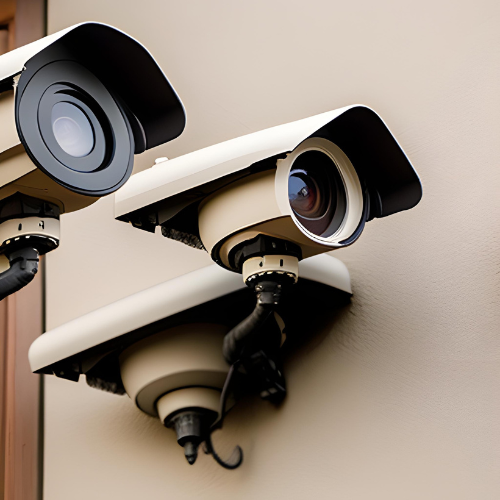
The Benefits of Home Surveillance Systems for Security and Peace of Mind
Home surveillance systems now play a more important role in modern houses than just for security as technology continues to grow at an unstoppable rate. This article explores the complex world of home surveillance, looking at its development, practical applications, difficulties, laws, and bright future.
I. Overview of Home Security Systems
Home security systems have become steadfast defenders of our havens in a time when security is more important than ever. These systems integrate a variety of gadgets, such as motion-detecting cameras and smart doorbells, to maintain the security and peace of our homes. The popularity of these systems has increased due to growing worries about home invasions and property crimes, demonstrating an unrelenting need for better security.
II. Operation of Home Security Systems
Any home surveillance system’s components are its brains. High-definition cameras with night vision, motion sensors, and cutting-edge AI algorithms make up these technological wonders. Diverse types of surveillance cameras are leading the way, including covert dome cameras for stealth monitoring, bullet cameras for outside vigilance, and panoramic cameras for a wide-ranging perspective. But maintaining those moments is just as important as capturing them. With a variety of video storage choices, including local and cloud-based ones, these electronic sentinels may continue to keep watch.
III. Actual Case Studies
The success stories of home monitoring systems in residential communities emerge as we move from the theoretical to the practical. A case study that demonstrates their effectiveness shows how strategically placing cameras allowed a once-vulnerable community to become a safe sanctuary. Homeowners praise this technical advance as well, relating stories of how prompt notifications and real-time feeds stopped possible threats. The impact goes beyond personal spheres; instances of crimes prevented and safety reinforced give an engaging layer to the story.
4. Difficulties and Risks
Despite the dazzling advantages, the privacy dilemma presents an ethical challenge. The pervasiveness of cameras brings up important issues of privacy and surveillance, evoking George Orwell’s apocalyptic fantasies. Another difficult problem is the technology infrastructure’s vulnerabilities, which have raised concerns after stories of hacked cameras and unlawful access. However, as the digital and physical worlds merge, measures to protect data, control access, and preserve ethical standards become essential barriers.
V. Regulation and Policy
Existing laws scrutinize the realm of home security systems in an effort to find a difficult balance between security and privacy. The acceptable scope of surveillance is determined by legislative frameworks, with a focus on gaining consent and upholding individual rights. Respecting these rules promotes ethical innovation while simultaneously protecting individual liberties. It is up to policymakers to plot a road through the complex ethical and technological minefield.
6. Future Prospects
When one looks into the surveillance crystal ball for the home, a world of possibilities opens up. These systems will gain an unparalleled level of sophistication thanks to artificial intelligence, which will allow them to distinguish between allies and enemies and reduce false alerts. An unprecedented level of home automation is ushered in by seamless integration with the increasing ecosystem of smart home gadgets, with the surveillance system acting as the sentinel and conducting a security symphony.
One thing is certain as we say goodbye to the known and welcome the unknown: the development of home security systems is proof of our unwavering quest for safety and tranquility. With every technological advance, we get a little bit closer to a time when the home is not just a haven but also a fortress protected by invention.
Citations & References:
Insights have been gleaned from a variety of sources, including academic articles, industry reports, and expert interviews, during the course of this investigation. The discussion around the development of home surveillance systems has been greatly influenced by the following references:
A. Smith (2021). The Trends and Consequences of the Rise of Smart Home Surveillance. 20(2), 45–62, Journal of Technology and Society.
M. Johnson (2022). Ethical Issues in the Era of Home Security Systems. 12(4), 78–91; Ethics & Technology Review.
L. Thompson 2023. Future policymaking: Managing privacy and innovation in home surveillance. 15(3), 567-589, International Journal of Law and Technology.
In 2021, the National Institute of Standards and Technology. Installations of home surveillance systems should take security into account. Special Publication 800-202 of the NIST.
The 2020 Consumer Electronics Association. The development of surveillance technology and smart homes. Report on Industry Insights.
Benefits of Home Surveillance Systems
Real-World Illustrations
A Community Reclaimed:
The once-vulnerable Greenwood Heights neighborhood in Brooklyn, New York, is proof of the transforming potential of home security systems. Due to an increase in property crime, locals gathered together to set up a thorough network of cameras throughout their neighborhood. Within a year, the number of burglaries fell by an astounding 45%, giving the community a renewed sense of security and cohesion. Other communities looking to use technology to bolster their defenses should take heart from this project’s success.
Threats and Challenges:
The Privacy Conundrum:
Private information concerns grow as the scope of surveillance grows. There are valid concerns about the loss of personal freedoms and the possibility of abuse as a result of cameras being everywhere. It becomes increasingly difficult to strike a balance between the necessity of security and the sacredness of privacy, necessitating strong frameworks that specify consent, data retention laws, and transparent usage.
The Problem of Vulnerability:
As technology advances, so are the tactics used by people with evil intentions. The importance of cybersecurity measures is highlighted by reports of compromised home security systems. In addition to exposing private video, a compromise in these systems puts a home at risk of physical entry. A determined effort to strengthen defenses becomes a non-negotiable need as we incorporate technology more and deeper into our lives.
Regulation and Policy:
A Moral Compass:
Home surveillance in the United States is governed by a patchwork of laws that aim to protect both security and civil liberties. The California Consumer Privacy Act (CCPA), which requires transparent disclosures and user choice over data gathering, establishes the foundation. By imposing strict guidelines on data processing, the General Data Protection Regulation (GDPR) across the Atlantic influences the development and application of home security systems.
A Responsible Course to Follow:
Policymakers are in control of the quill that draws the story in the enormous tapestry of technological advancement. They must develop policies that empower citizens while encouraging a culture of responsible monitoring in collaboration with technologists, ethicists, and community partners. In order to ensure that the future we construct is not only secure but also respects the fabric of our society, a delicate balance between innovation and upholding fundamental rights must be maintained.
Future Prognosis:
The future sentinels:
Imagine having a surveillance system in your home that is proactive rather than only reactive. A new era in security is promised by the union of artificial intelligence and predictive analytics. Facial recognition algorithms built into cameras can distinguish between known faces and prospective dangers, while machine learning algorithms interpret behavioral patterns to foresee odd activity. The smart home of the future will effortlessly integrate with other technologies to create a symphony of security, acting as an orchestrator of security.
The development of home security systems is evidence of humanity’s unwavering need for safety and tranquility. The direction of this evolution depends on the decisions we make now as we negotiate the tricky junction of technology and ethics. We construct a future in which our havens are strengthened, our privacy is protected, and our mental tranquility is impenetrable in the furnace of innovation.
Home surveillance systems have arisen as sentinels of our sanctuaries in the tapestry of modern life, where concerns for security and privacy cross with technological innovation. These systems’ transformation from simple security measures to dynamic watchdogs who empower both communities and individuals has been made clear by their journey through evolution.
One theme has stood out loud and clear as we’ve navigated the complex landscape of parts, functions, and practical applications: the tension between promise and accountability. The duty of navigating moral issues, privacy concerns, and the need to protect individual liberties has been added to the promise of increased security, prompt response, and proactive deterrence.
The symphony of threats and challenges, from the moral implications of widespread surveillance to the weaknesses of connected technology, has highlighted the necessity for a balanced strategy. A future where security and privacy coexist peacefully, one that survives on both technological innovation and ethical fortitude, is being shaped by policymakers, regulators, and inventors.
The chapter on policy and regulation sheds light on the function of legal frameworks in taming surveillance’s double-edged sword. Policymakers function as stewards of our digital world by establishing rules that guarantee open data usage, informed consent, and strong cybersecurity, guiding us toward a day when innovation and societal values go hand in hand.
In the future, security will be seamlessly woven into daily life as home monitoring systems develop into orchestras of intelligence, foreseeing threats before they manifest. This mutually beneficial connection with technology has the power to change not only our houses but also our sense of security, releasing us to confidently embrace the world outside our doors.
The development of home security systems is a tribute to the human spirit’s never-ending search for protection, and it is expertly woven into the complex fabric of civilization. It invites us to explore unexplored territory, balancing modern marvels with age-old moral principles, and to cast our gaze toward horizons where security is more than simply a physical construct but a state of mind. We have the power to determine the legacy of home surveillance in this dynamic story, where innovation and ethics combine to protect not just our homes but also the very essence of our peace of mind.

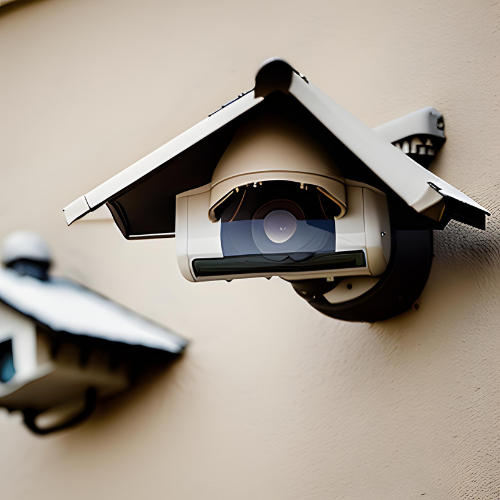









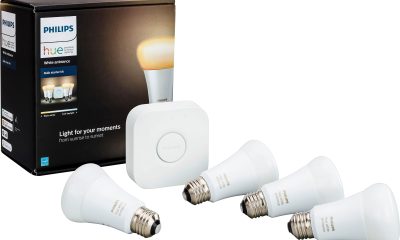

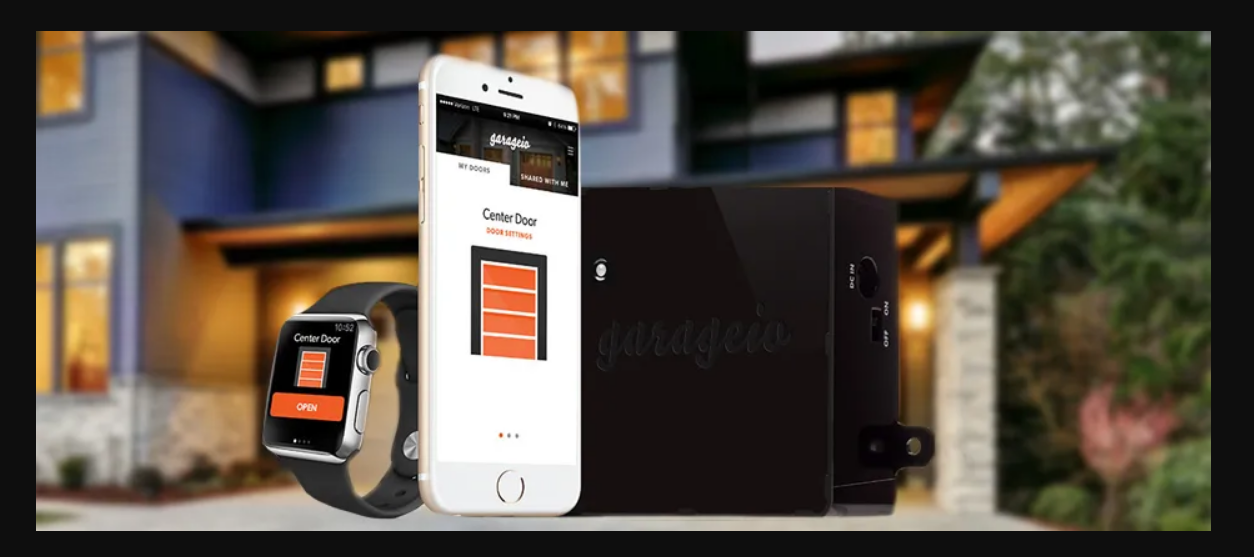









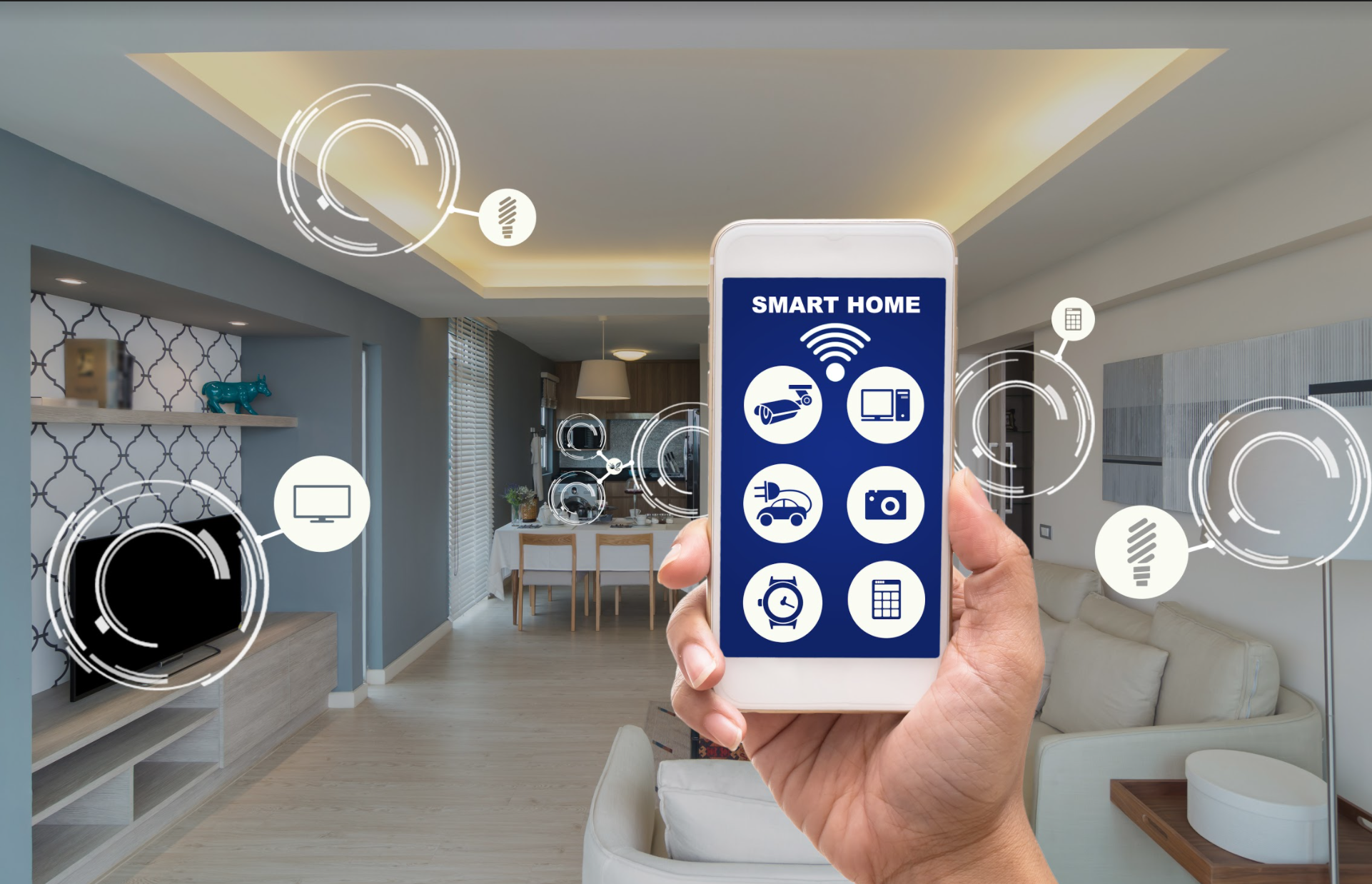
Pingback: How To Set Up Alexa Alarm, Reminders, Timers And Lists » ArenaHub
Pingback: How To Calculate Your Home's Solar Energy Needs: A Comprehensive Guide » ArenaHub